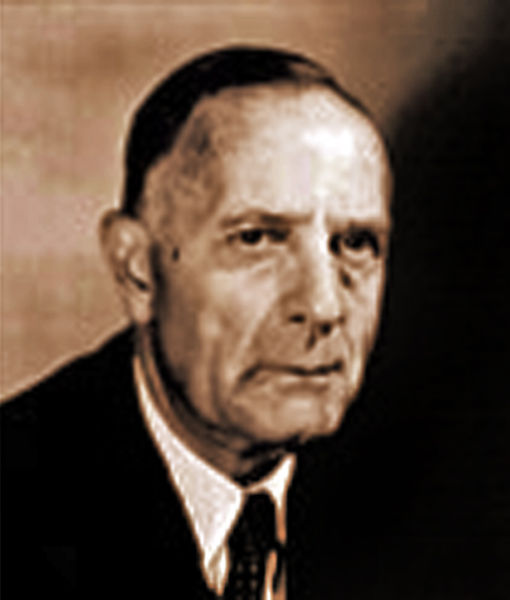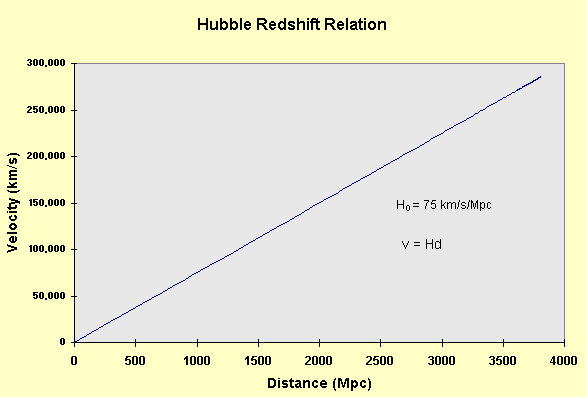EXPLORE: The Big Bang (BrainPop)
This book will explain the expansion of the universe, and how it led to the Big Bang Theory. It will also describe what happened and what the universe was like right after the Big Bang.
1. Edwin Hubble

One of the astronomers who's observations contributed to the theory of the Big Bang was Edwin Hubble. He discovered that the “Andromeda Nebula” is actually over 2 million light years away—many times farther than the farthest distances we had measured before. He used the 100-inch reflecting telescope at the Mount Wilson Observatory in California to show that some distant specks of light seen through telescopes are actually other galaxies. He also measured these distances to hundreds of galaxies, and discovered that the universe is expanding. His data would eventually show us how the universe is changing, and even give us clues as to how the universe formed.
Hubble combined his measurements of the distances to galaxies with other astronomers' measurements about redshift (the movement of stars and galaxies away from us). He noticed a relationship, which is now called Hubble's Law.
Hubble's law states: the farther away a galaxy is, the faster it is moving away from us. In other words, the universe is expanding!
You can see an Example of Hubble's Law on the graph below. The X-axis shows distance and the Y-axis shows velocity. You'll notice that the galaxies that are farthest away in distance are traveling at the highest velocity.

Graph showing that galaxies farther away are moving faster.